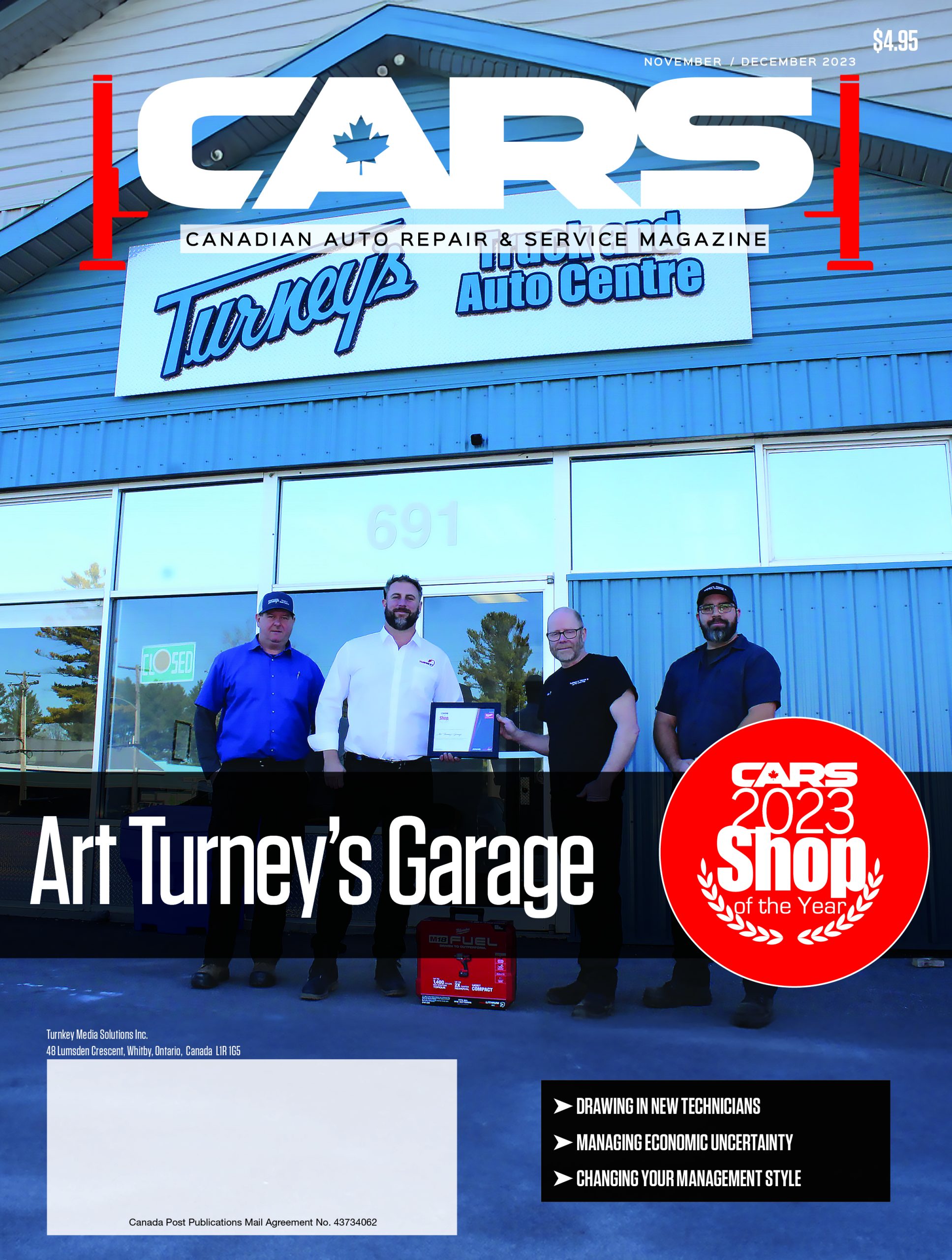
Off the Shelf: Keep them coming back
By Susan Hitchon
There’s no question that loyal clients are highly coveted in any industry. Under stable or normal market conditions, almost any business owner would agree that client loyalty needs to be at the top of the priority list.
The big question, of course, is how do you create loyalty?
Some businesses create tiered rebates and VIP experiences that encourage their clients to grant them more of their total spend. This is often referred to as a “loyalty program.” But let’s examine that for a minute. The rebate is earned with increased spending. It has an intrinsic monetary value. It is calculated by a formula. And the accrued value can be reported to the client at any time.
In my books, that constitutes a big carrot at the end of a very long string. I would suggest this is not a loyalty program. It is a reward program.
It’s absolutely critical to ensure that your clients regularly experience positive interactions with your sales team, counter staff, customer service, delivery drivers, website, on-line ordering system, marketing staff, accounts receivable, and management personnel. These daily interactions are intangible and cannot be summarized in any sort of program or report. And they certainly can’t be measured in dollars.
The fact is that while you’re tracking sales through your rewards programs, your clients are tracking every touchpoint with your company. They have their own private loyalty scorecard! I believe the real measure of your success is how you’re doing on that scorecard. Are they loyal to you because you’re kicking back rewards? Or because they truly appreciate the way you go to market, and the way you interact with them, and the way you satisfy their complex needs?
I would go so far as to say a high participation rate in your rewards program does not necessarily translate to client loyalty at all. Let’s face it, almost everyone offers a rewards program these days. And the ‘points’ or ‘bucks’ that they earn can be translated into real dollars. At the end of the month, they can directly compare the monetary value of your program with your competitor’s program.
So rather than discuss intimate details of why one type of rewards program is better than the other, let’s explore the client’s loyalty scorecard as a true measurement of client loyalty.
After five months of managing their business through a global pandemic, the priorities of your ASP clients have pivoted. Your services have to be in-line with their new direction. It’s time to really learn what your clients’ wants, needs, and pain points are so you can secure your position as their first call.
I know your sales reps are in regular contact with them. And they will tell you they know the current status of each account. But I think an updated assessment of each client’s current position during the Covid crisis is in order. You need to schedule a formal visit with each shop, making it clear that you want to have a focused discussion on how you can help them meet or exceed their targets for this year. This strange, interrupted, socially distanced, face-masked year. The visit can be virtual, if necessary, but if you are able to meet in-person, invite them to your facility, away from the distractions of their shop.
Now I’m not quite sure how to say this, so I’m just going to say it. During this interview after you have asked a question, stop talking! It’s time to listen and listen carefully. You’re not selling them anything during this interview. You’re not talking about the benefits of your program offering. You’re simply opening the door so they can be totally candid with you. You have to learn what’s most important to them, and that’s not going to happen if you spend most of the time talking. Your client will leave the meeting feeling like they’ve listened to another sales pitch. They’ll feel like you wasted their time.
 Be prepared with a list of open-ended questions to keep the discussion fluid. Above all, express your concern for their business during this difficult year. Ask about their family, their staff, their regular clients. Find out how they’ve been impacted by the year’s events. Find out how hopeful they are for the future.
Be prepared with a list of open-ended questions to keep the discussion fluid. Above all, express your concern for their business during this difficult year. Ask about their family, their staff, their regular clients. Find out how they’ve been impacted by the year’s events. Find out how hopeful they are for the future.
And when you get around to the specifics of business, avoid the kind of questions that can be answered with a snap judgment. Don’t ask, “On a scale of 1-10, how would you rate our on-line ordering system?” That’s not going to draw out any well-considered answers. Instead ask them, “Can you give me an example of a time when our on-line ordering system was particularly difficult to navigate?” And then sit back and listen. You’ll be amazed that a cookie-cutter answer will give way to more thoughtful answers if you give it time to bubble up in their memory. When they have exhausted that answer, follow up with probing questions. “How did we resolve the issue for you?” “Can you share with me your experience with other suppliers’ on-line ordering systems?” “What is it about their on-line systems that makes it easy to do business with them?”
Uncover what they like or dislike about your competition with more open-ended questions being careful not to criticize your competitors in the process. Trash-talking your competitors to your client will accomplish only one thing… insulting your client. You’ve just told your client that they make bad decisions and aren’t intelligent enough to choose you over another supplier!
Remember, you are trying to figure out what is on their own personal loyalty scorecards.
Every aspect of your program needs to be addressed, one by one, with an eye to ticking the corresponding box on their own loyalty scorecard. Explain how your services meet their very high bar of service and competence. Leave no stone unturned. And make sure you address every touchpoint they have with your company.
Next steps: meet internally as a team to review your client’s feedback and determine a course of action for positive change. You need to implement noticeable improvements that relieve the pain points you just learned about. Communicate to your client what changes have been implemented, and make yourself available for short, less formal follow-up discussions asking them to rate the progress you’ve made.
Here’s a solid question to ask: “Compared to the last time we spoke about our on-line ordering system, what improvements have you noticed?”
Remember, if you can satisfy their wants and help them meet their targets, they will become a walking advertisement for your products and services. They will seek you out for new products rather than waiting for you to appear at their doorstep with the next promotion. When the next problem occurs, they will trust you to resolve it.
Best of all, they will no longer be as open to pitches from other suppliers, and they won’t so easily be influenced by pricing alone.
Simply stated, your goal should be to make it as easy as possible for them to do business with you. The best measure of loyalty is not a ‘10’ on a survey. It is ensuring the next order from that client… and the next… and the next!
 Susan Hitchon is Ontario business development manager for the Automotive Aftermarket E-Learning Centre. You can reach her at s.hitchon@aaec.ca
Susan Hitchon is Ontario business development manager for the Automotive Aftermarket E-Learning Centre. You can reach her at s.hitchon@aaec.ca
.png)





